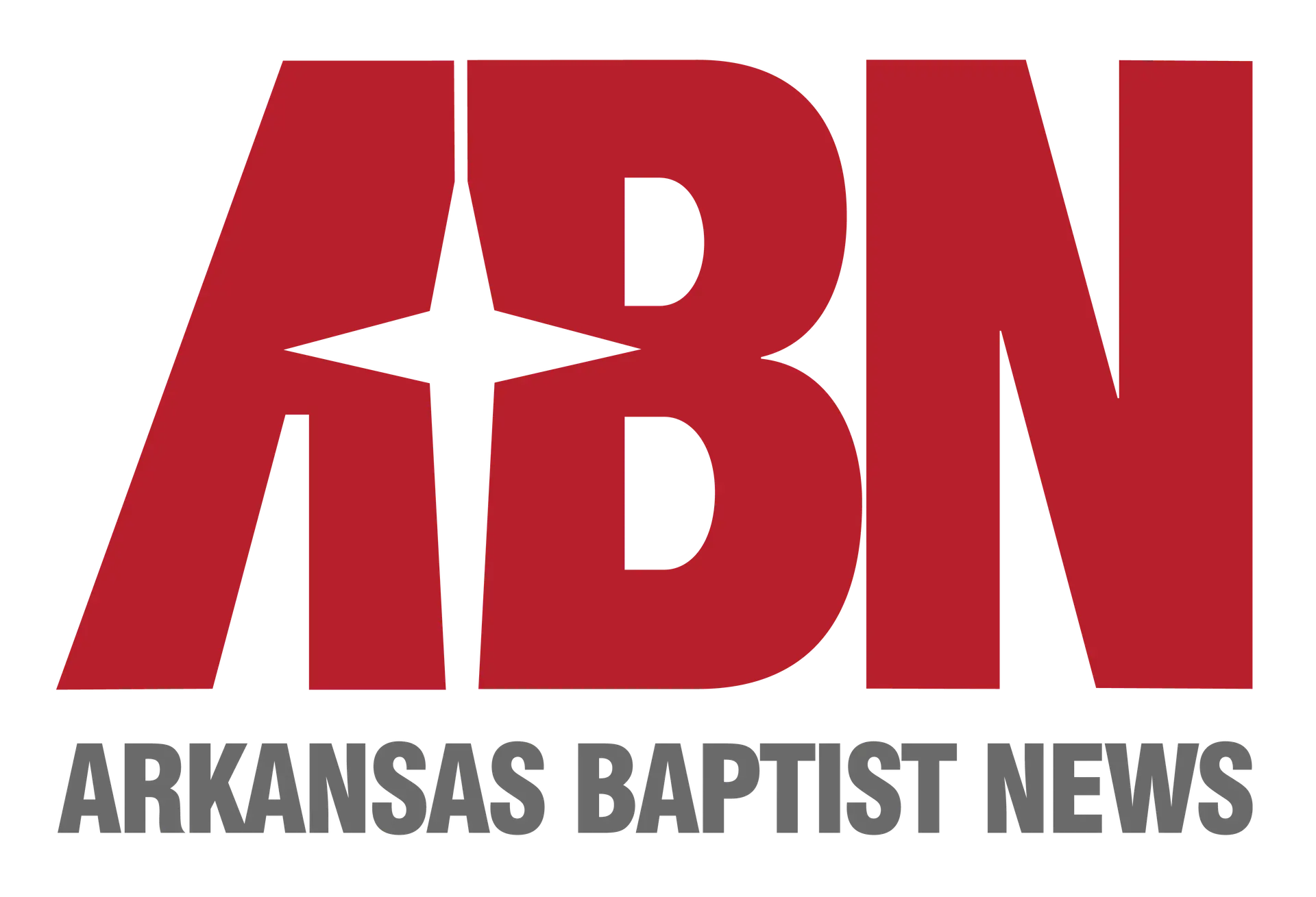Editor’s Note: This article was written by Mike Davis, former Police Chief for the North Little Rock Police Department.
March 1st of this year was my last official day in law enforcement after serving 34 years at the North Little Rock Police Department. During my last 10 years, I felt the Lord guiding me toward helping Arkansas churches of all denominations begin safety and security programs. I have had the pleasure of traveling around the state visiting many churches providing guidance to leaders and members on the best practices for starting and maintaining safety teams. Through a series of articles, I hope to provide my thoughts on what the future holds for safety teams and offer suggestions on how to make an existing team more efficient, and provide insight on how to start a team if your church doesn’t have one.
First, we need to define what a Safety/Security Team is exactly. I have noticed that many churches believe that the “team” is really nothing more than an armed security presence to ensure no one causes harm to those in attendance. Yes, violence does occur within houses of worship in our world today and I believe that those threats will continue in the coming years. An armed presence should be considered; however, I recommend whenever possible a church should attempt to secure law enforcement to take the lead in this endeavor. It is possible the church may already have someone who fills that role that attends or that the church has elected to hire off-duty law enforcement to work events. Whatever the stance is on the carrying of weapons, it is imperative that the decision be made by leaders within the church after careful consideration of the liabilities of doing so.
If a church elects to utilize a team, I would recommend calling them Safety and Security Teams. Their responsibilities can vary but a simple definition is that the team is a group of volunteers (possibly supplemented by law enforcement) who assist with issues within the church such as sick or injured individuals, lost children, traffic and parking issues, assisting individuals in need of help, assisting staff as needed and most of all welcoming both visitors and members with a smile and warm greeting. Team members should receive training in basic first aid and CPR and learn best practices in calming individuals who are exhibiting tendencies that could cause harm to themselves or those in attendance.
Secondly, 2020 is a year that has forced churches to do things differently with COVID-19. Unfortunately, it appears that 2021 will continue with many of these same challenges. I am concerned, as I know many who are reading this article are as well, as to what church will look like in the future. I believe that the Safety and Security Team must rise to the challenges that are present now and will continue to evolve in the coming months. It is important to strongly consider combining several “teams” together to ensure that all duties are met for any activities on church grounds. This should include:
- Greet members and guests as they arrive on the parking lots and help them reach their destination within the church.
- Ensure that wherever children and youth are located that they are safe and comfortable in their environment.
- Help with seating and exiting services and ensure that offerings or prayer requests are taken and forwarded to the right locations.
- Have a presence in all areas and provide assistance with the extra steps now required with COVID ensuring that all recommended guidelines are followed.
- It is now more important than ever to step up and assist our church staff with any needs they may have. Be encouragers to them. They are wading through COVID and trying to make decisions that are not going to please everyone.
The old saying “we always did it that way” is out the window and we must now become more creative and step up to help out in whatever capacity to help reach the lost and encourage those attending. Look for links that are now missing for whatever reason and fill the gap.

